Child Tax Credit (CTC) in 1997 was introduced by the government in a bid to provide financial support to families and invest in the future of our children. This essential program has been instrumental in alleviating the burden on low and middle-income families across the United States. With the passage of time, the Child Tax Credit has undergone several changes and amendments to better suit the evolving needs of American households. As we step into the year 2023, the Child Tax Credit has been significantly expanded, bringing about transformative changes to family support and societal progress. This blog explores the implications of the Child Tax Credit in 2023, its benefits, and its potential to create a brighter future for generations to come.
Key Takeaway
- For 2023, the age eligibility was expanded to include 17-year-olds.
- You can claim the Child Tax Credit by entering your children and other dependents on Form 1040, U.S. Individual Income Tax Return, and attaching a completed Schedule 8812, Credits for Qualifying Children and Other Dependents.
- The new legislation raised the maximum credit amount to $3,000 per child between the ages of 6 and 17, and $3,600 per child under the age of 6.
What is the Child Tax Credit?
Before diving into the specifics of the Child Tax Credit in 2023, it is essential to understand its fundamental principles. The Child Tax Credit is a refundable tax credit provided to eligible families based on the number of qualifying children they have. A refundable tax credit means that families can receive the full amount of the credit, even if it exceeds their total tax liability. This aspect makes it particularly valuable for low-income families, as it offers additional financial assistance beyond their tax liability.
You may be interested in: Adoption Tax Credit: A Comprehensive Tax Guide 2023
Expansions in 2023
The year 2023 witnessed a historic expansion of the Child Tax Credit, making it one of the most impactful social programs in recent times. Under the new legislation, the maximum credit amount increased significantly, providing more substantial financial support to families. Additionally, the age eligibility for qualifying children was extended, allowing families with older children to benefit from the program. Furthermore, the credit is now fully refundable, ensuring that families with little or no tax liability can still receive the full benefit.
How To Claim Child Tax Credit
You can claim the Child Tax Credit by entering your children and other dependents on Form 1040, U.S. Individual Income Tax Return, and attaching a completed Schedule 8812, Credits for Qualifying Children and Other Dependents.
Increased Maximum Credit Amount
One of the most significant changes to the Child Tax Credit in 2023 is the increase in the maximum credit amount. Prior to the expansion, eligible families could receive up to $2,000 per qualifying child. However, the new legislation raised the maximum credit amount to $3,000 per child between the ages of 6 and 17, and $3,600 per child under the age of 6. This substantial increase provides families with more financial resources to meet their children’s needs, such as education, healthcare, and other essential expenses.
People also read:

Extended Age Eligibility
To be a qualifying child for the 2022 tax year, your dependent generally must:
- Be under the age of 17 at the end of the year
- Be your child, stepchild, eligible foster child, brother, sister, stepbrother, stepsister, half-brother, half-sister, or a descendant of one of these (for example, a grandchild, niece, or nephew).
- Provide no more than half of their own financial support during the year
- Have lived with you for more than half the year
- Be properly claimed as your dependent on your tax return
- Not file a joint return with their spouse for the tax year or file it only to claim a refund of withheld income tax or estimated tax paid
- Have been a U.S. citizen, U.S. national, or U.S. resident alien
In the past, families could only claim the Child Tax Credit for qualifying children under the age of 17. However, in 2023, the age eligibility was expanded to include 17-year-olds. This extension acknowledges the growing costs of raising teenagers and aims to ease the financial burden on families during critical stages of their children’s lives. By including 17-year-olds, the program recognizes that supporting children through their education and early adulthood is vital for their future success.
Fully Refundable Credit
Another crucial change to the Child Tax Credit is its shift to being fully refundable. Previously, the credit was only partially refundable, which meant that some families with low or no tax liability could not access the full benefit. This limitation disproportionately affected low-income families, who often faced the greatest financial challenges. By making the credit fully refundable, every eligible family, regardless of their tax liability, can now receive the entire credit amount. This change has the potential to lift millions of children out of poverty, making it a significant stride toward a more equitable society.
It is noteworthy that eligibility for the Child Tax Credit is subject to certain income thresholds. Families filing jointly can claim the credit if their modified adjusted gross income is $400,000 or below, while all other filers can avail of the credit if their income is $200,000 or below. By incorporating these income limits, the credit ensures targeted support to those who need it most while still providing valuable assistance to a wide range of families.
It is essential to consult with a tax professional or the official IRS website for the most up-to-date information regarding the Child Tax Credit and its eligibility criteria.

Impact on Families and Society
The expanded Child Tax Credit has already shown promising results in benefiting families and contributing to societal progress. By providing additional financial support to struggling households, the program has helped alleviate the hardships faced by parents and caregivers, enabling them to invest more in their children’s well-being and development.
- Reducing Child Poverty: The Child Tax Credit has been instrumental in reducing child poverty rates across the country. Studies have shown that the expanded credit has lifted millions of children out of poverty, significantly improving their quality of life and future prospects.
- Investing in Children’s Future: With increased financial resources, families can invest in their children’s education, healthcare, and overall development. This investment in human capital contributes to a more educated and skilled future workforce, enhancing the nation’s economic competitiveness.
- Stimulating Economic Growth: By injecting money directly into the hands of families, the Child Tax Credit boosts consumer spending, leading to increased economic activity and growth. This economic stimulus benefits not only the families receiving the credit but also the broader communities they reside in.
- Reducing Inequality: The fully refundable nature of the credit addresses income inequality by providing more substantial support to those who need it the most. It bridges the gap between low and high-income families, promoting a more equitable society.
See more: What Are Benefits Of Disability Tax Credit? How To Claim It
What To Do Next?
If you qualify for the Child Tax Credit, you may also qualify for these tax credits:
- Child and Dependent Care Credit
- Earned Income Tax Credit
- Adoption Credit and Adoption Assistance Programs
- Education credits
You may qualify for the Credit for Other Dependents for a child or dependent who is not a “qualifying child” for purposes of the Child Tax Credit.





















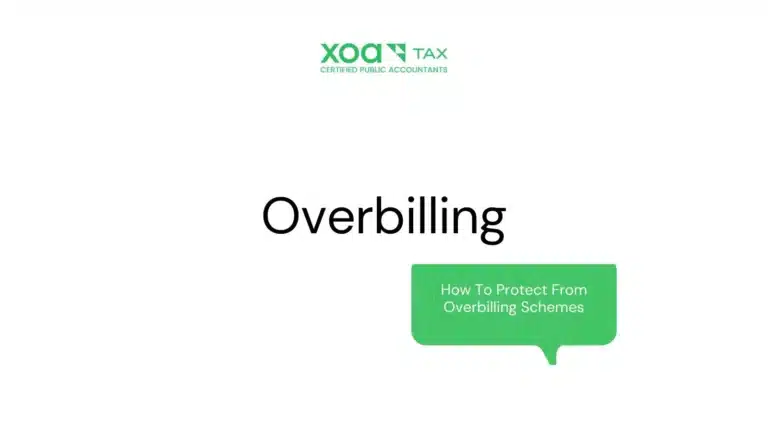


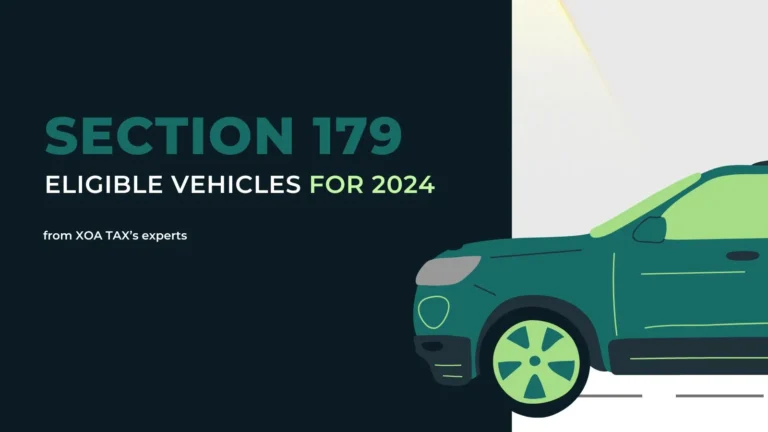
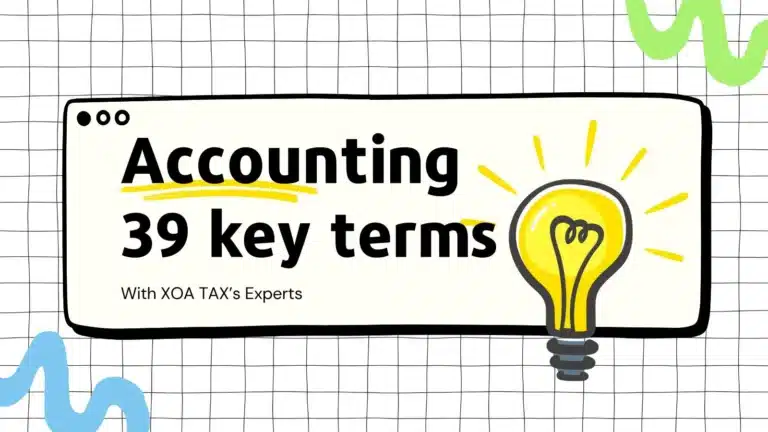
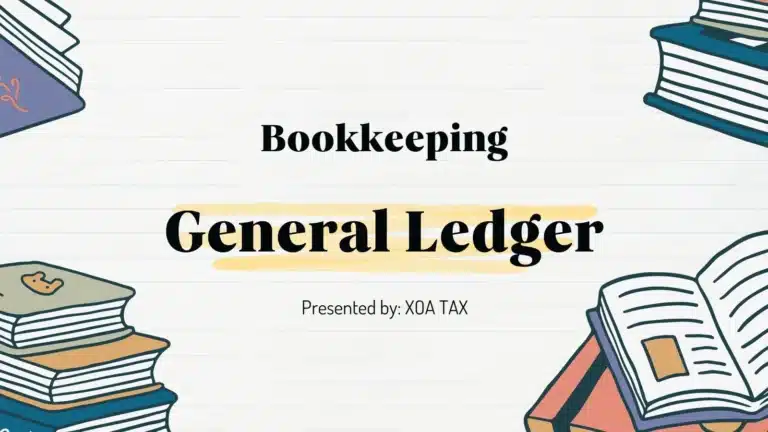
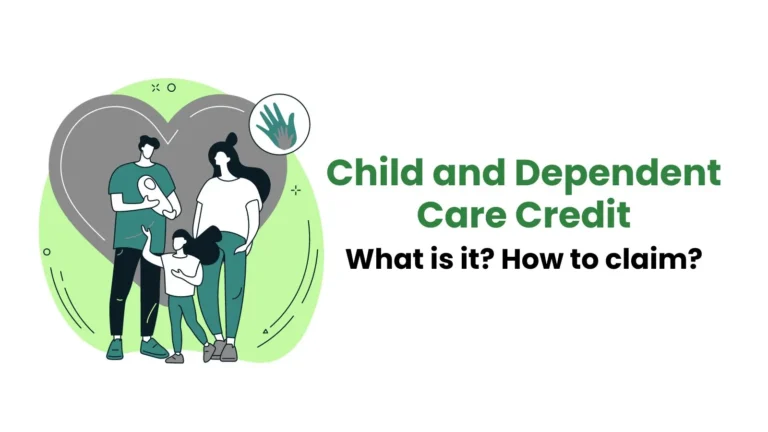
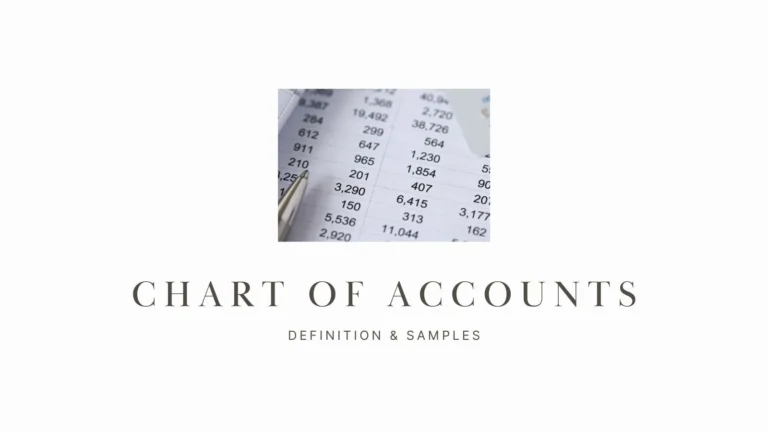




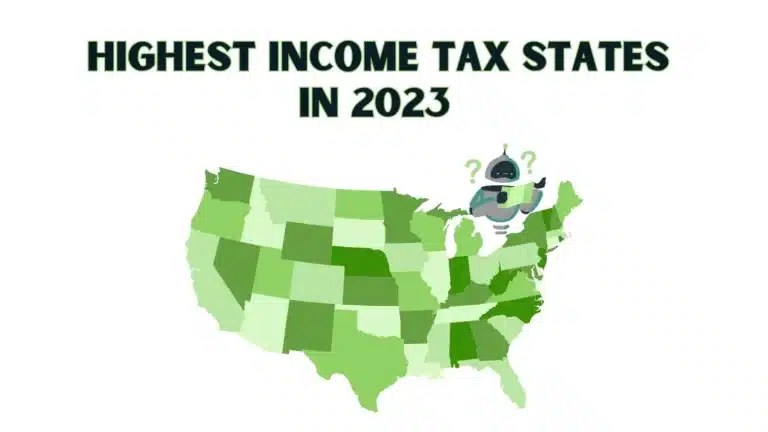

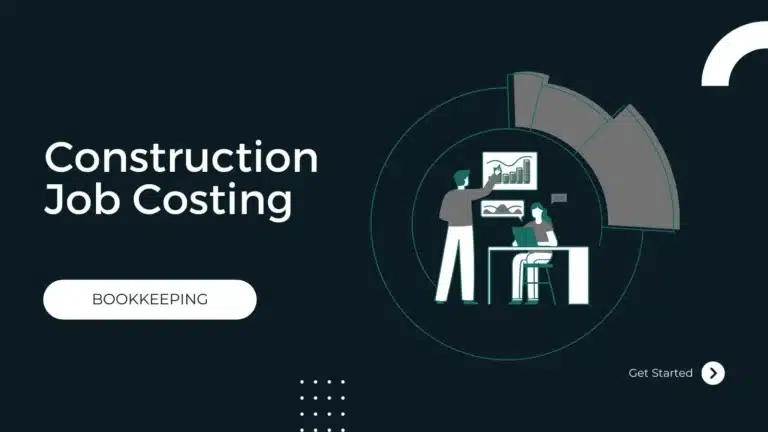

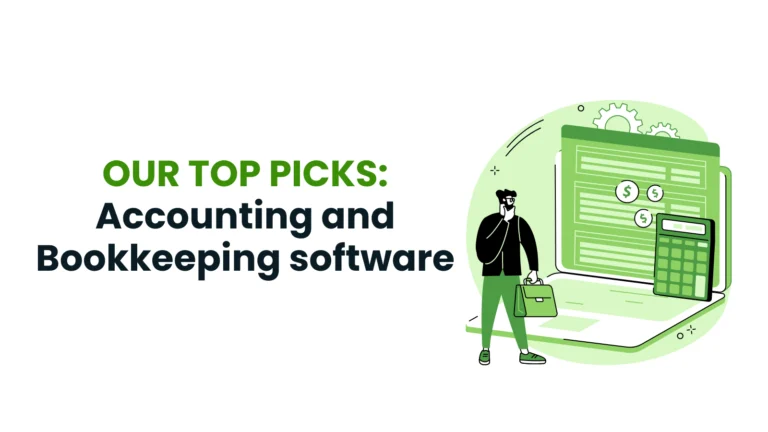
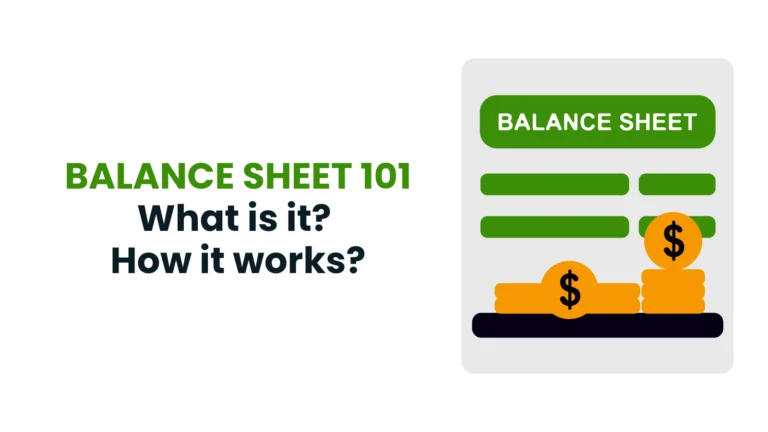
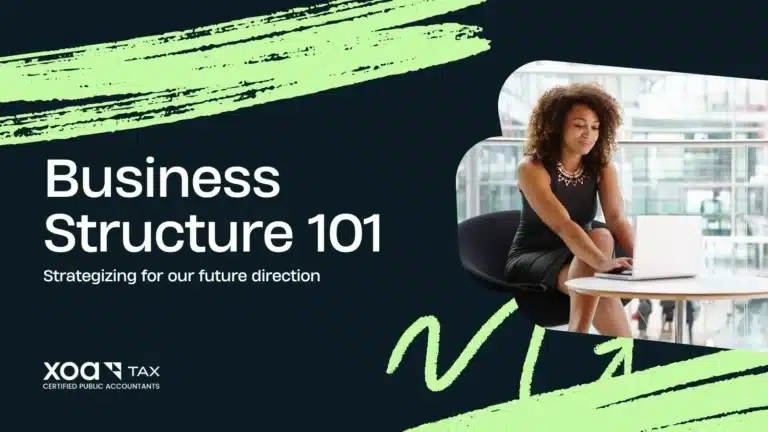
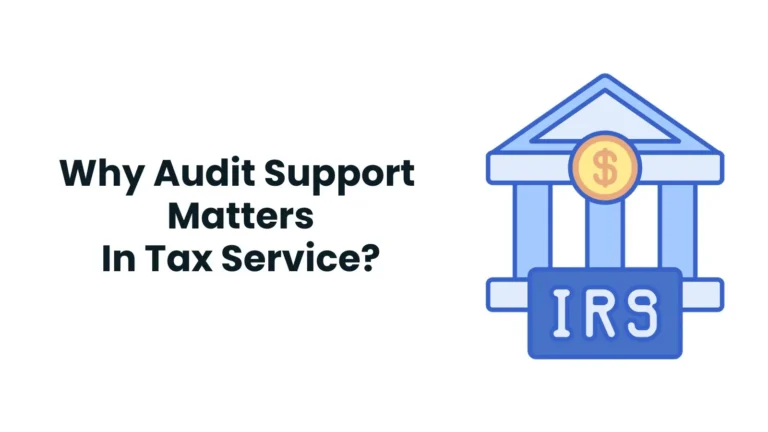

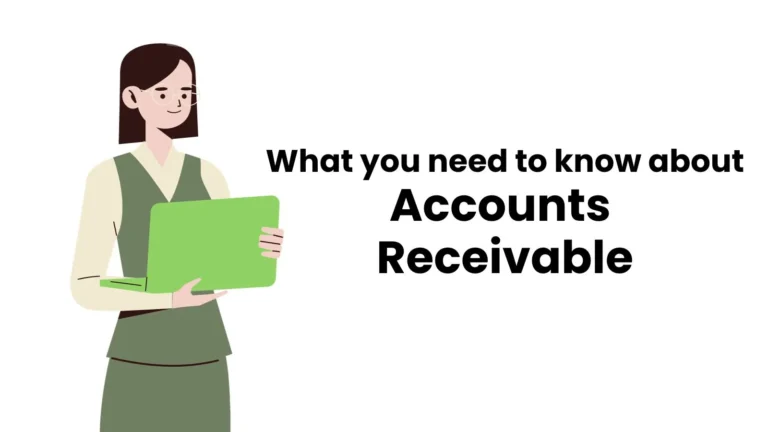


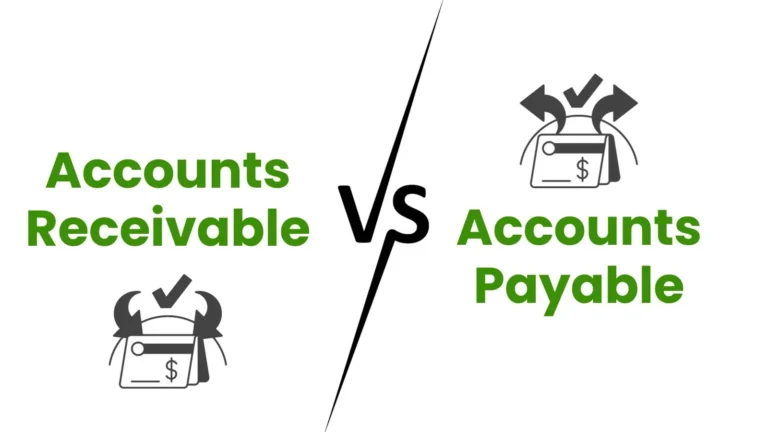
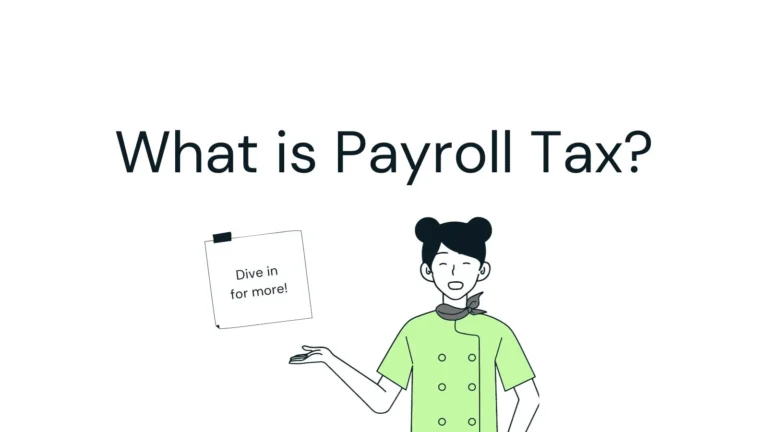
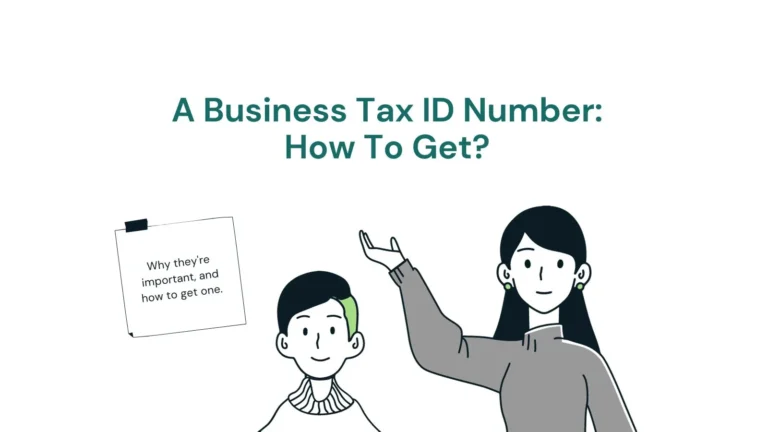

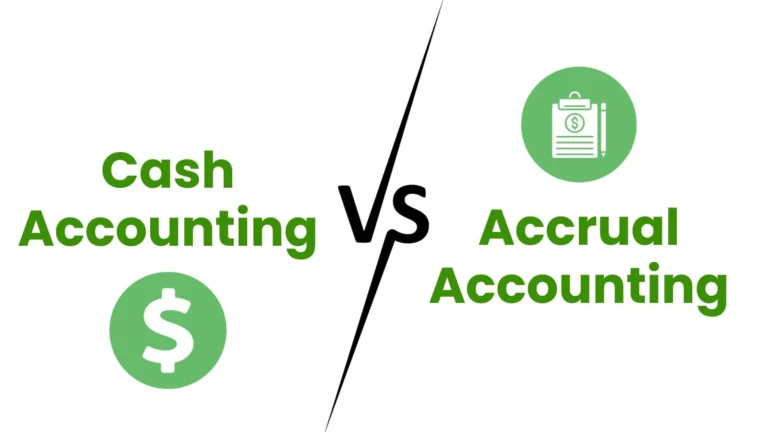


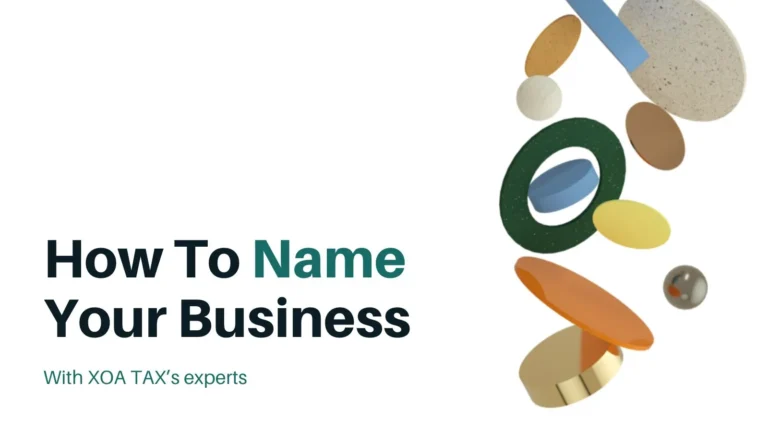






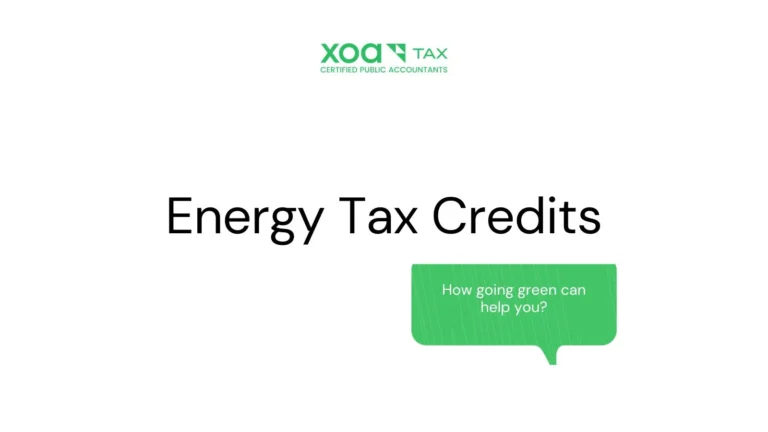

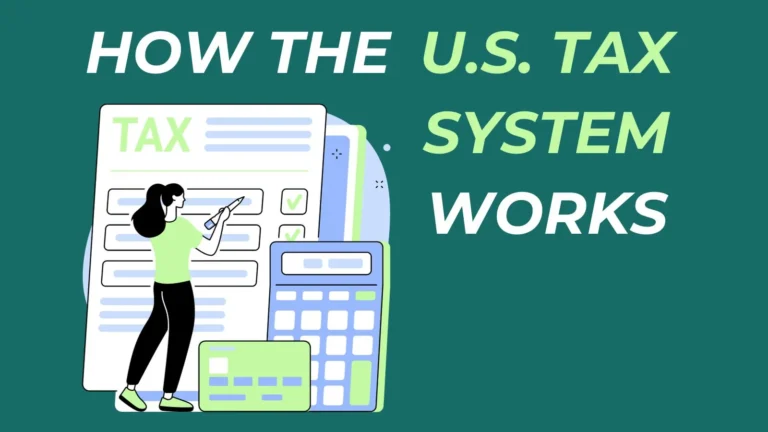

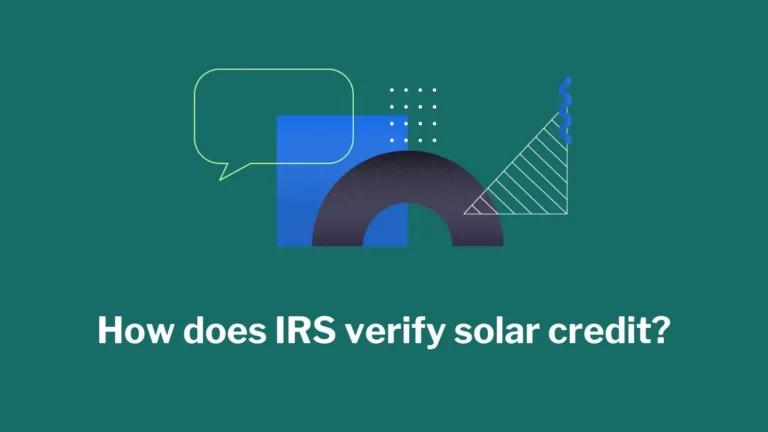
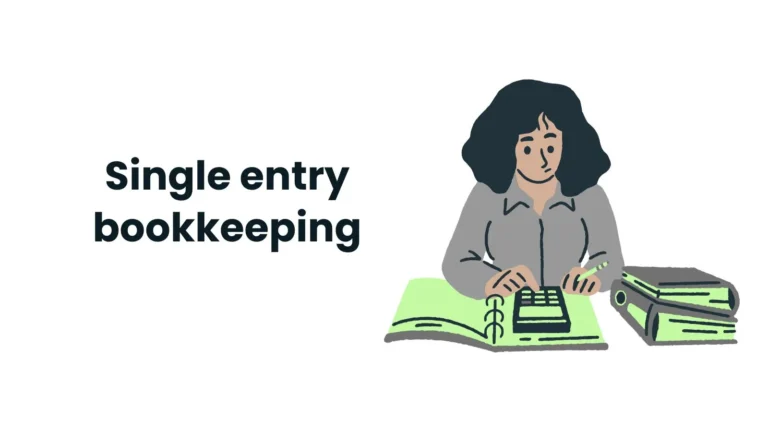




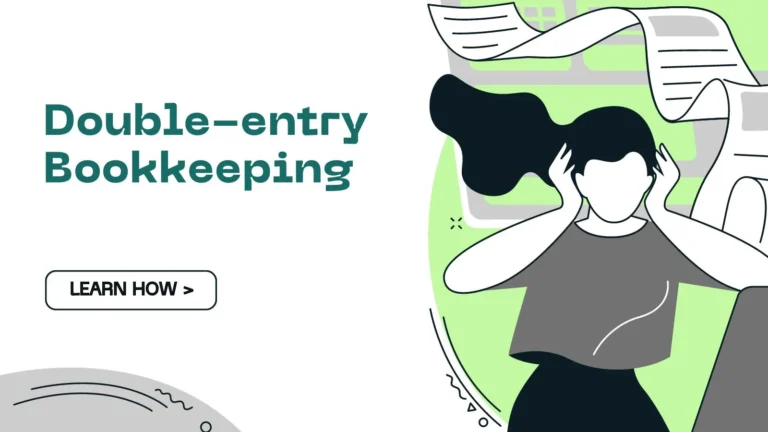
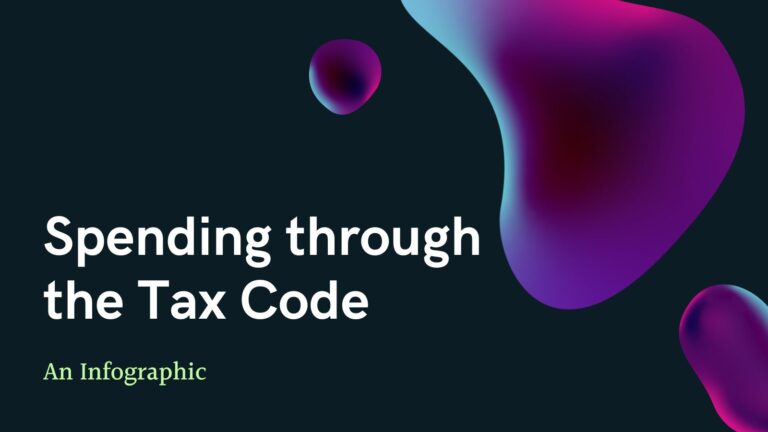
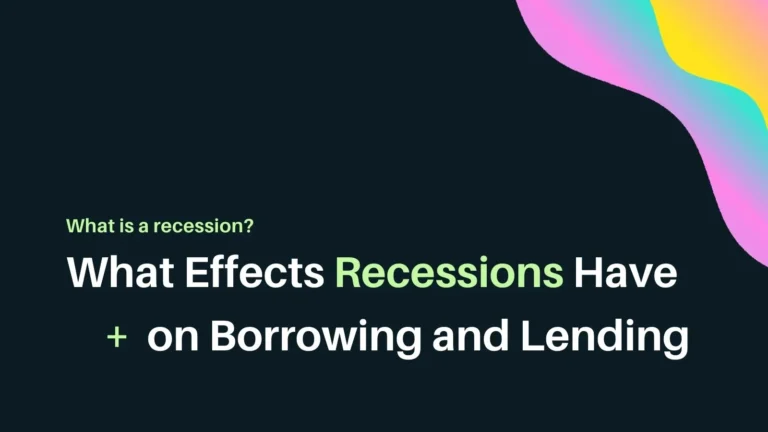

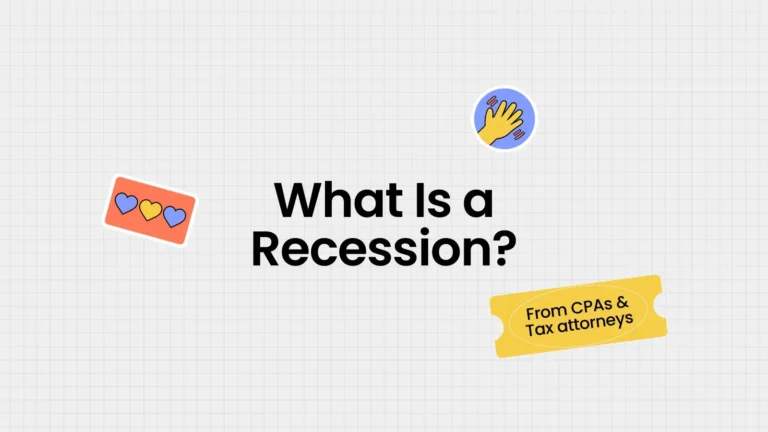
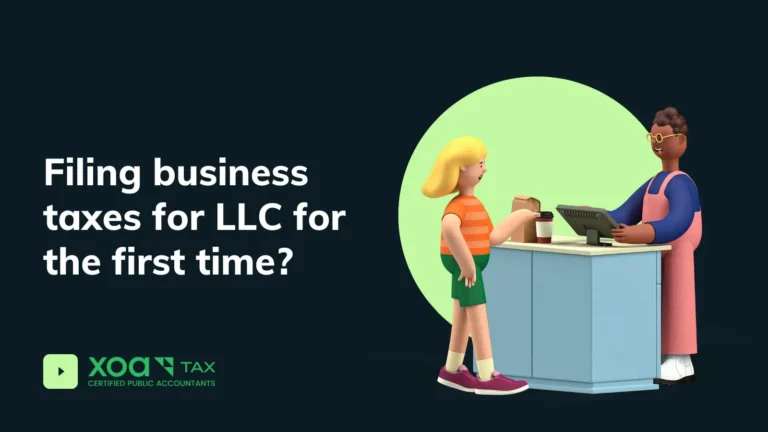

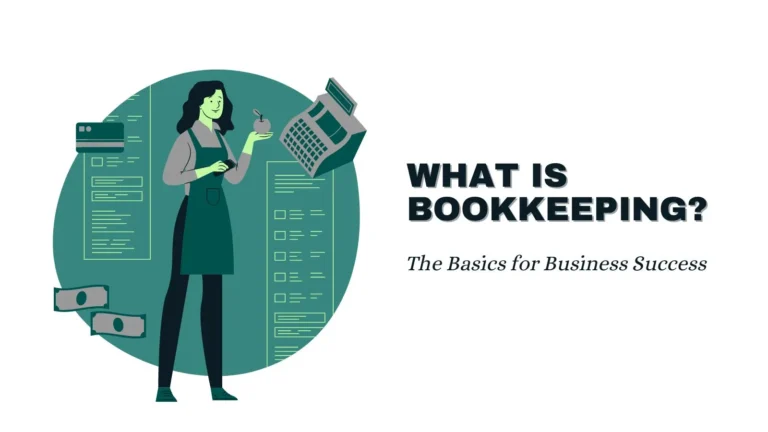



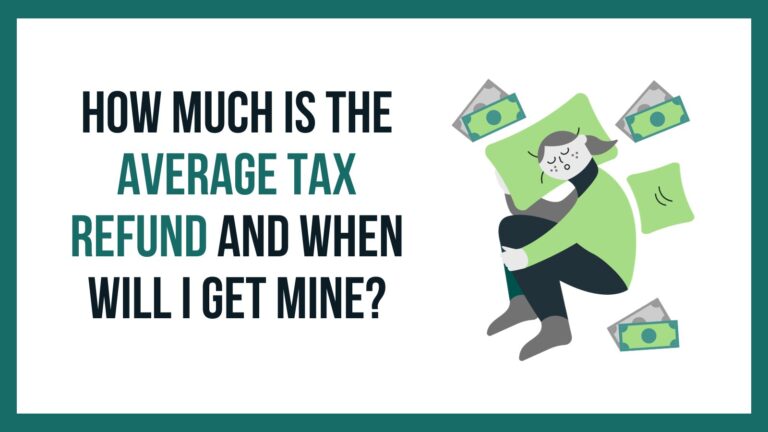
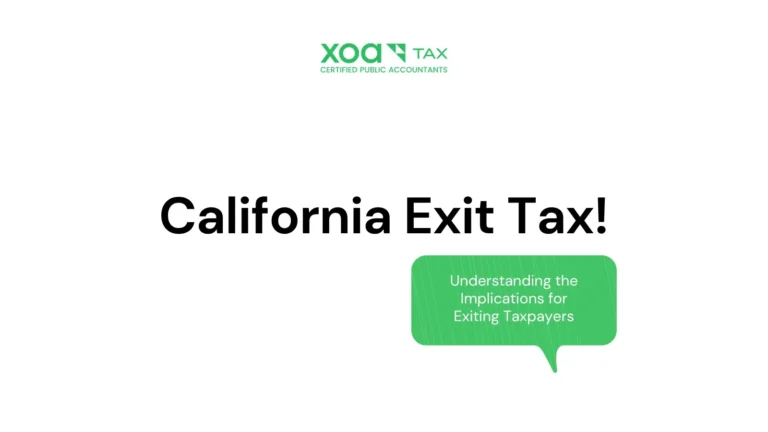
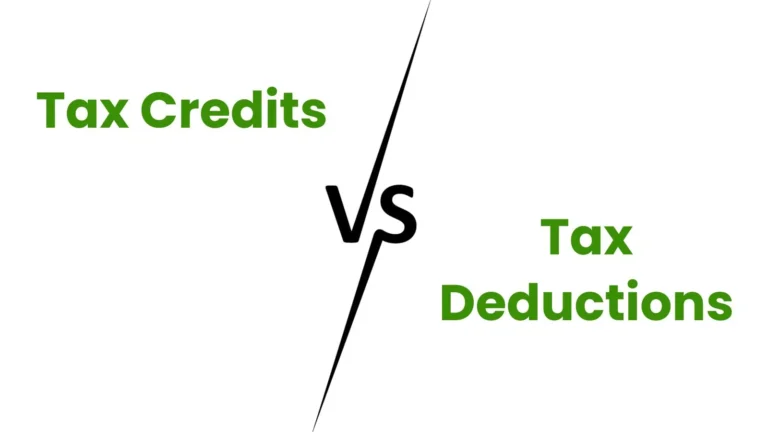


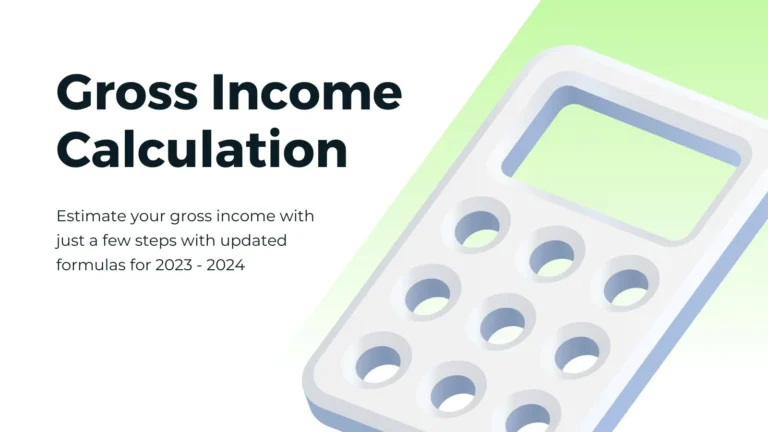
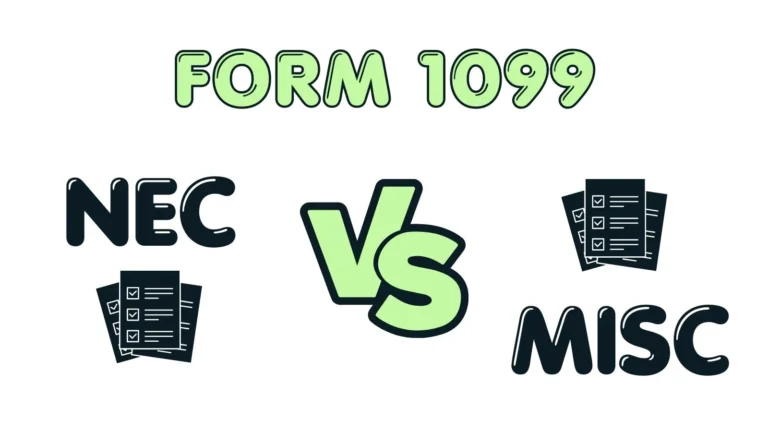

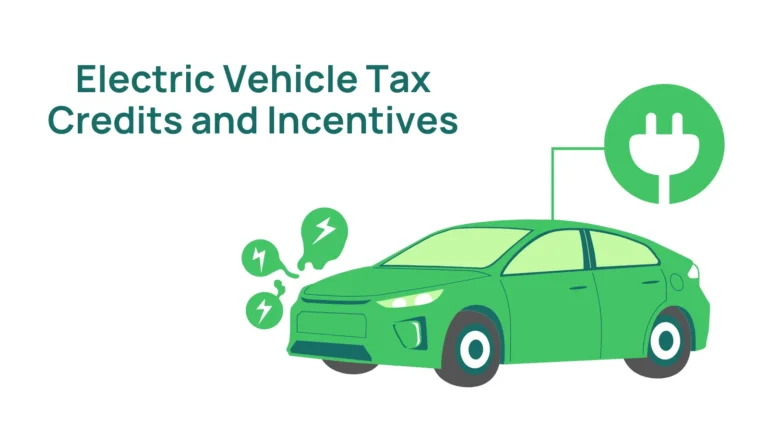
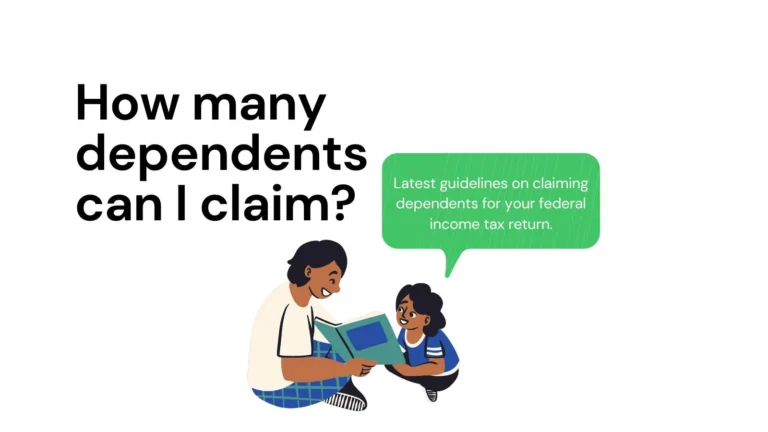
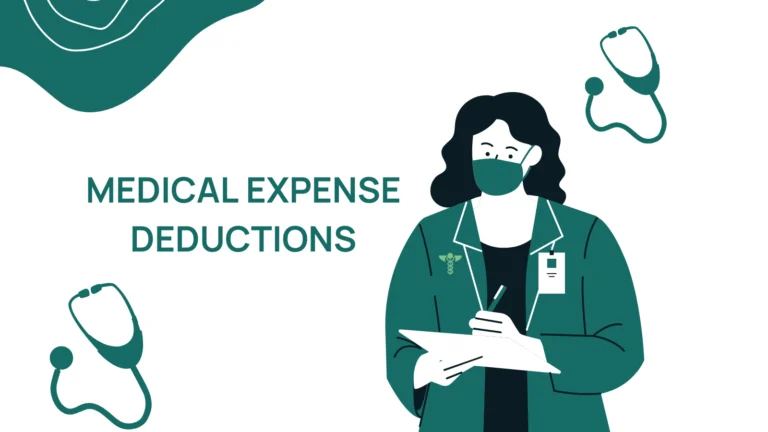
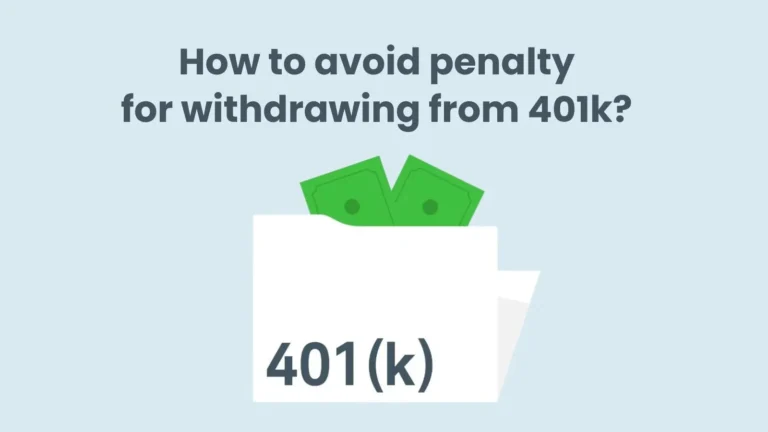
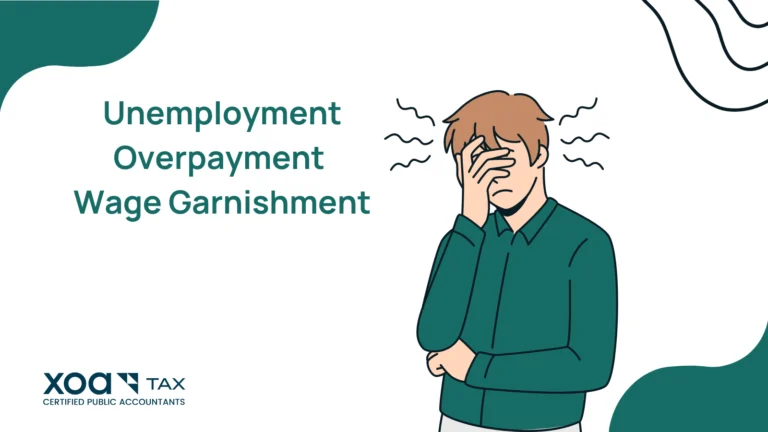


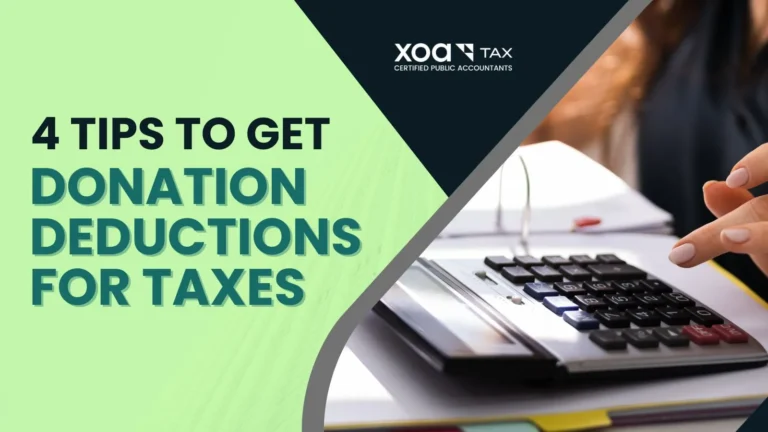



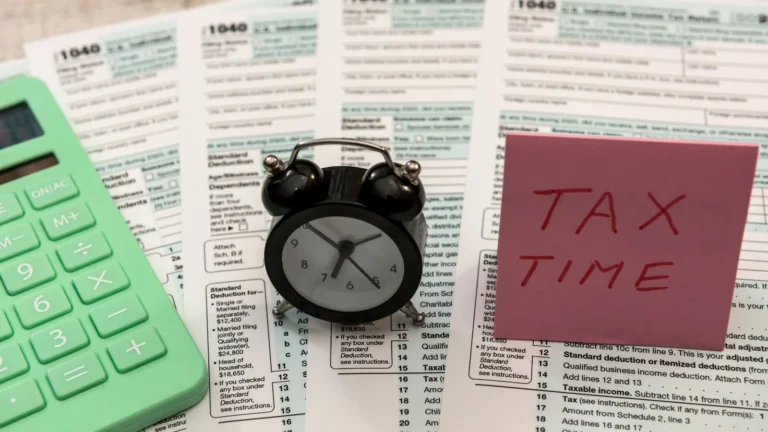
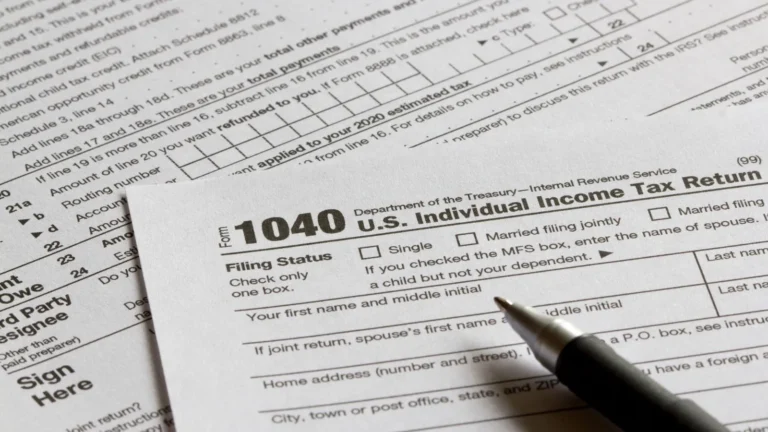





 anywhere
anywhere  anytime
anytime